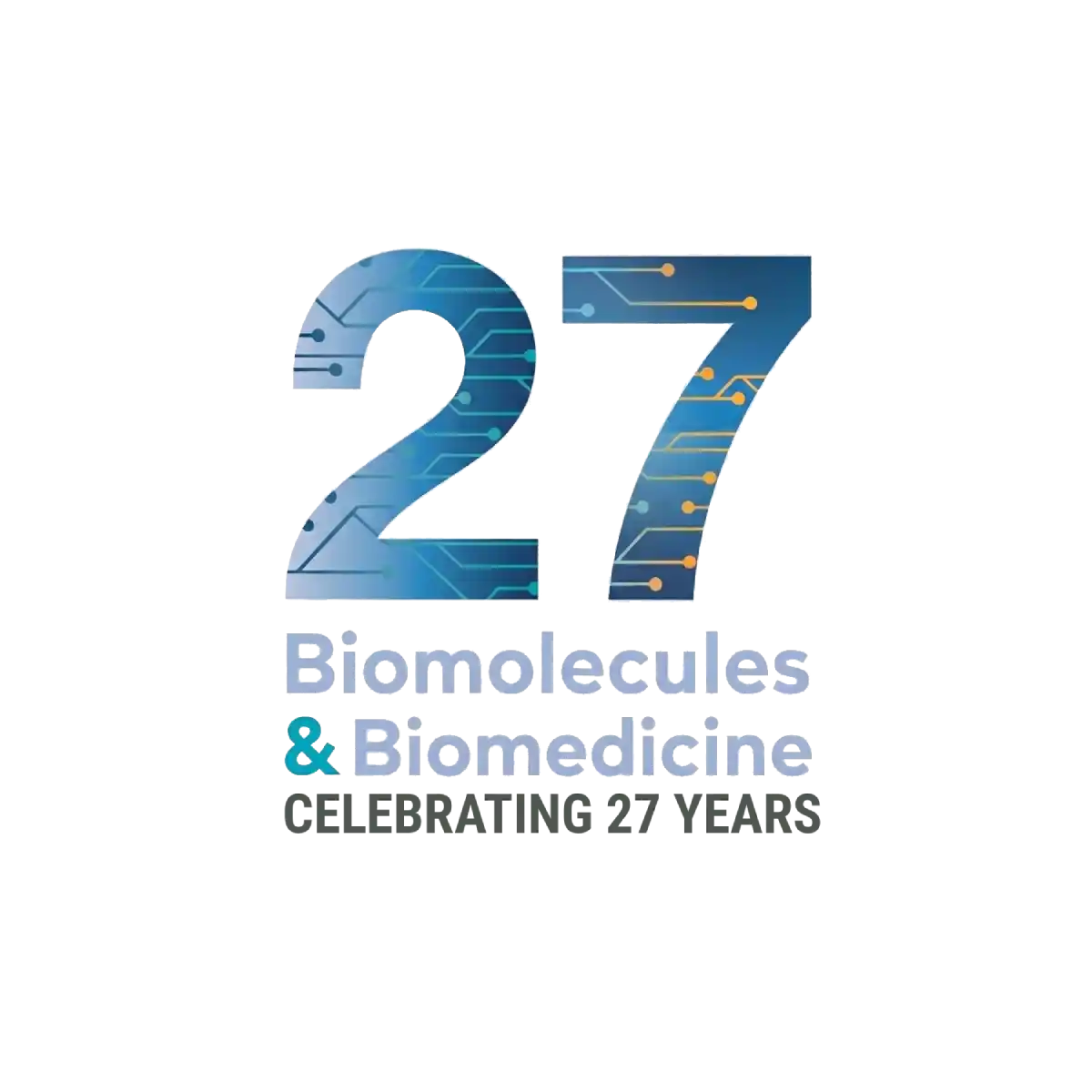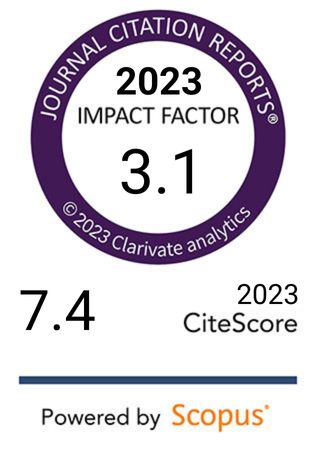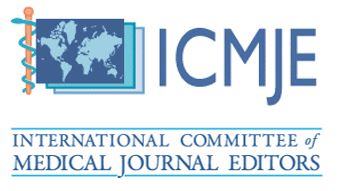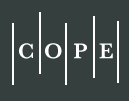Association of serum Netrin-1, NSE, and S100β with brain injury severity and prognosis in patients with sepsis-associated encephalopathy
DOI:
https://doi.org/10.17305/bb.2025.12215Keywords:
Sepsis-associated encephalopathy, Netrin-1, neuron-specific enolase, S100β, APACHE-II score, sequential/sepsis-related organ failure assessment score, Glasgow Coma Scale score, prognosisAbstract
Sepsis-associated encephalopathy (SAE) represents the most prevalent neurological complication of sepsis and is frequently linked to unfavorable patient outcomes. This study aimed to evaluate the prognostic significance of serum Netrin-1, neuron-specific enolase (NSE), and S100β levels in patients diagnosed with SAE. A retrospective analysis was performed on 120 SAE patients, measuring serum levels of Netrin-1, NSE, and S100β and correlating these with Acute Physiology and Chronic Health Evaluation II (APACHE-II) scores. Independent risk factors for short-term mortality were identified, and the predictive values of these biomarkers were assessed both individually and in combination. Kaplan-Meier analysis was utilized to compare short-term mortality based on biomarker levels. Netrin-1 was found to be significantly downregulated, while NSE and S100β levels were upregulated in SAE patients. Lower levels of Netrin-1, alongside higher levels of NSE and S100β, correlated with elevated APACHE-II scores and increased short-term mortality. Multivariate analysis confirmed that all three biomarkers serve as independent predictors of short-term mortality. The combined assessment of Netrin-1, NSE, and S100β demonstrated superior prognostic value compared to individual biomarker. Therefore, serum levels of Netrin-1, NSE, and S100β are closely associated with the severity of brain injury in SAE and serve as effective predictors of short-term mortality, enhancing prognostic accuracy in clinical practice.
Citations
Downloads
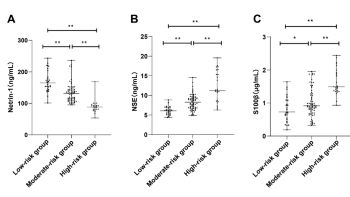
Downloads
Published
Issue
Section
Categories
License
Copyright (c) 2025 Bo Zhang, Qiong Wu, Jing Wu

This work is licensed under a Creative Commons Attribution 4.0 International License.
